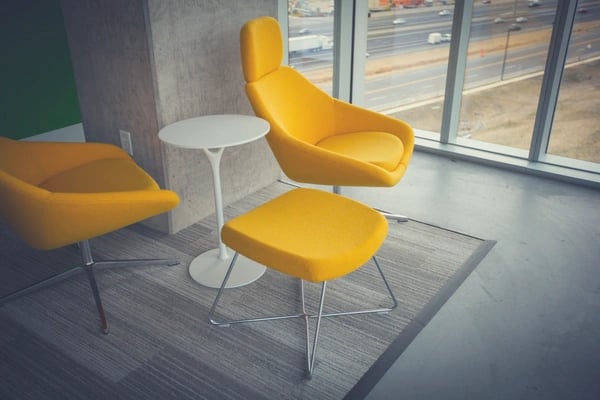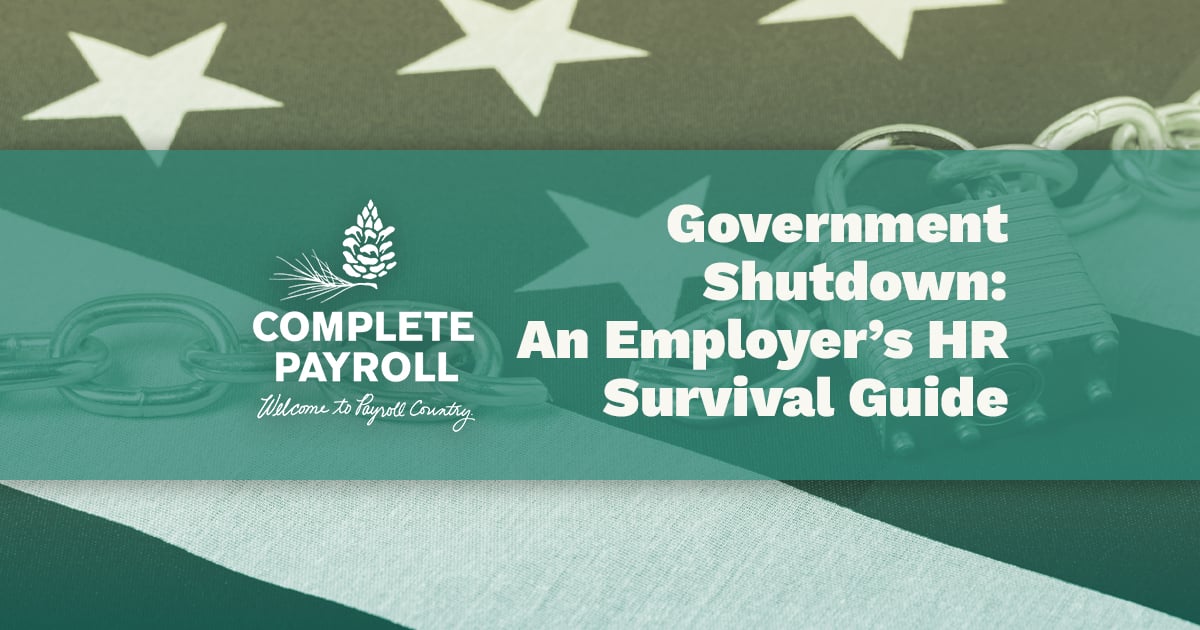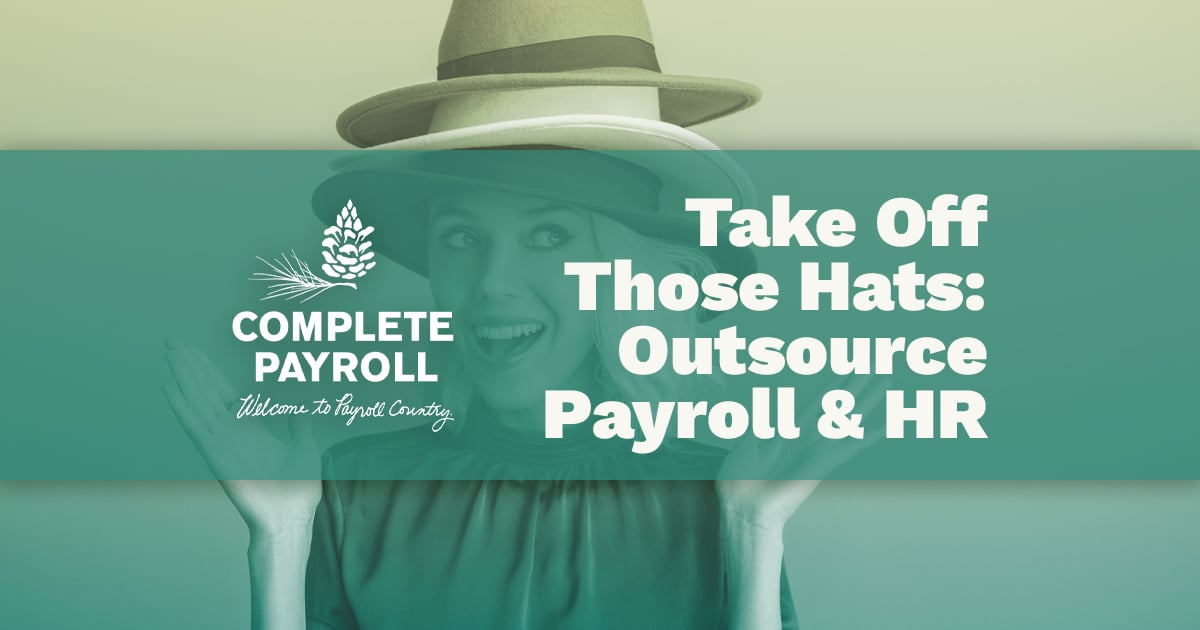How exit interviews can help you increase employee retention

Written by Complete Payroll


The exit interview is a conversation with a departing employee about their time at the company and the reason for their departure. It’s completely optional, but some employers conduct them to learn about workplace issues they may want to address. Exit interviews can shine a light on toxic management practices, hostile work environments, departmental conflict, and employee concerns that haven’t been shared with management or HR. They’re often more informative than regular check-ins because departing employees have little to lose in being candid. Exit interviews are only useful, however, if you’re willing to act on the information you receive.
The Formats
Exit interviews typically use one of two formats: an in-person interview or a form the employee completes on their own. Each format has its advantages. The interview allows for further questioning in the event the employee mentions something you’d like additional information about. The written form option lets the employee give more consideration to each question and answer each one at a pace that works for them.
Tips Before You Get Started
- Conduct an in-person exit interview as close as possible to the end of employment (e.g., the last hour of their last day of work).
- Make the departing employee as comfortable as possible and encourage open, honest communication. Meet somewhere private and make sure to allow enough time for a meaningful conversation.
- Avoid having the employee’s direct supervisor conduct the interview, if possible.
- Offer a form to the departing employee instead of conducting an in-person interview if you have concerns about safety or the departing employee’s temperament.
- Explain that the interview is for informational purposes and for the betterment of the organization and their coworkers.
- Say that you will take notes and that you will keep them as confidential as possible. Note that certain allegations must be discussed with management.
- Assure them that concerns or information shared in good faith will not be communicated to future employers or negatively affect a reference check.
The Questions
The interview typically begins with questions about why the employee is leaving. In this line of questioning, you should ask why they sought employment elsewhere, whether the company or manager could have done anything differently to keep the employee there, whether the employee explored any options that would have enabled them to stay, and what the employee’s new company does better.
If the employee had a bad working experience at your company, it’s good to find out why. Ask the employee to talk about any problems, unresolved issues, or other matters not handled to their satisfaction. Did their supervisor demonstrate fair and equal treatment? Provide recognition on the job? Develop cooperation and teamwork? Encourage and listen to suggestions? Resolve complaints and problems? Follow policies and practices? You might get answers you don’t want to hear, but they’re invaluable if you’re serious about improving employee retention.
Working relationships are foundational to employee morale and success, so ask about them! What situations, practices, or behaviors hindered collaboration? How could those be changed? Was communication good or bad? What made it that way? What practices or working conditions were beneficial and should be maintained or enhanced?
The exit interview is also a good opportunity to get the employee’s perspective on the training they received, the benefits the company offered, the growth potential the employee felt they had, the performance review process, and their assessment of employee morale. At the end of the questioning, ask the employee if there’s anything they’d like to add.
Exit interviews are often more informative than regular check-ins because departing employees have little to lose in being candid.
Next Steps
Once you’ve completed the exit interview, put the information you receive to good use. Share it—as appropriate—with the leaders in the company. Some of these conversations might be difficult, especially if you’re having to address sub-par management practices, correct unproductive working conditions, or investigate harassment. But exit interviews will be useful only if you’re willing to have these conversations and make changes based on what you learn.
If you're hiring an employee, or think you might be soon, check out our comprehensive resource page, Employee Onboarding - A Complete Guide. This is a handy, tightly-packaged outline that presents all the critical hiring and onboarding elements in simple, chronological order.
















 Get Instant Blog Notifications
Get Instant Blog Notifications


%20Need%20to%20Know%20about%20the%20New%20I-9.jpg)